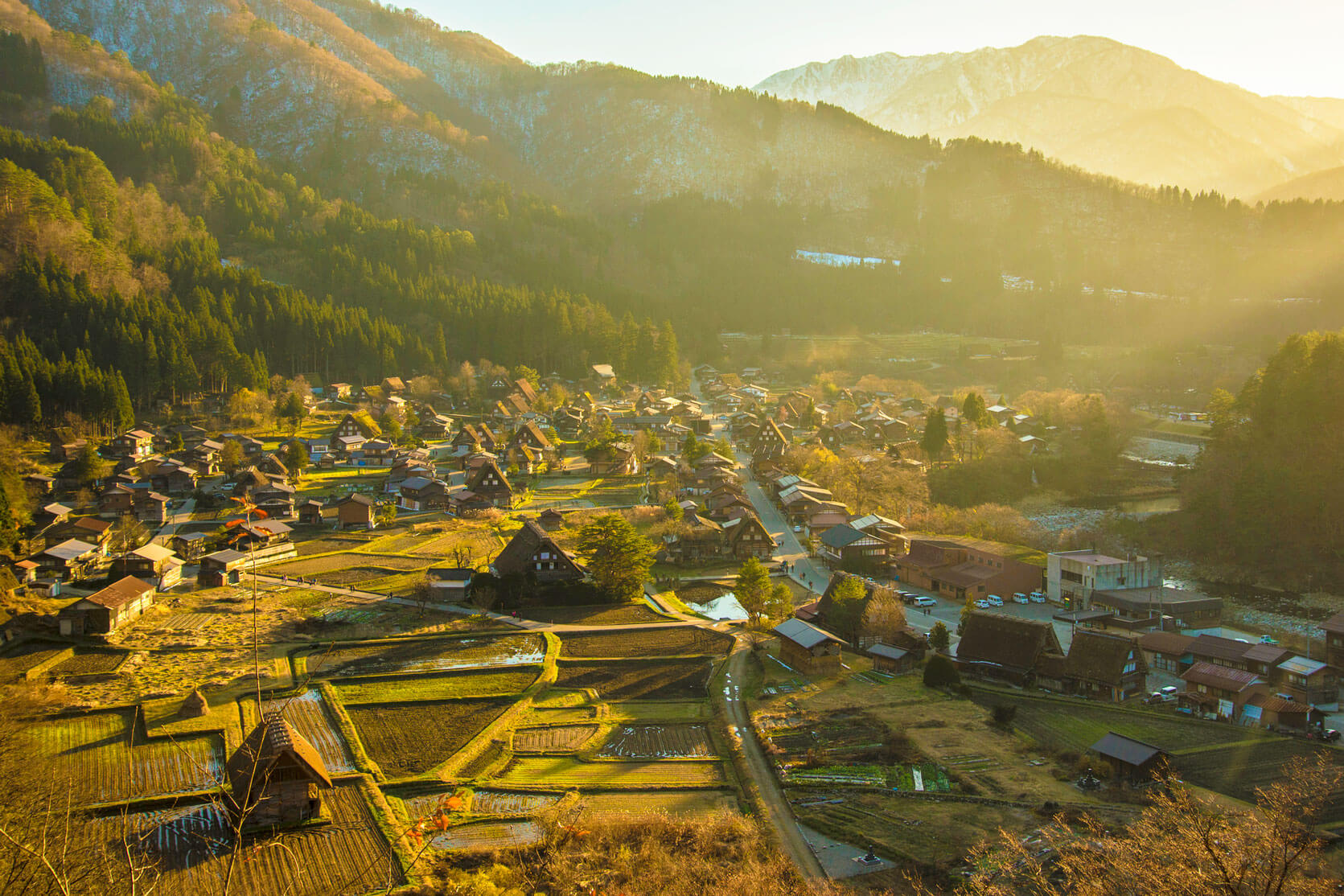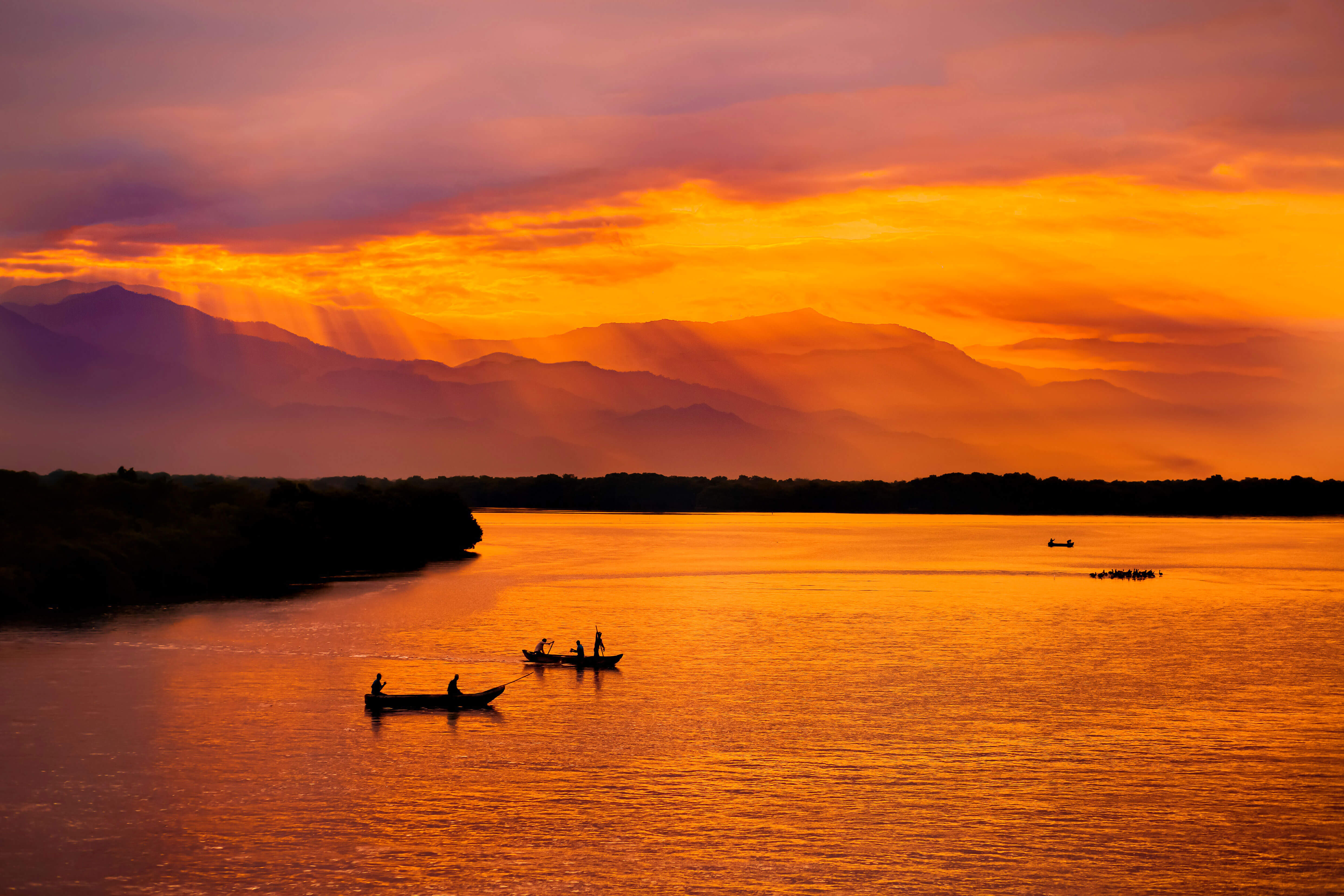1/1 Oops. Incorrect.
0%
0pts Earned
0/1correct
20/20
The islands of Chiloe are known for what UNESCO-listed structures?
The Chiloe Islands are located in the Pacific Ocean off the coast of southern Chile, near the city of Concepción. Spanish Jesuit missionaries arrived here around 1608 and met the islands’ Indigenous peoples, who were skilled carpenters and built unique wooden churches from local timber during the 18th and 19th centuries. UNESCO protects over a dozen of these churches as a World Heritage Site, established in 2000.
Source: UNESCOGothic cemeteries
7%
Wooden churches
51%
Stone bell towers
31%
Cobblestone streets
12%
19/20
What is the only South American country that exports more wine than Chile?
As of 2020, Argentina exports 10.8 million hectoliters of wine, slightly more than Chile’s 10.3 million hectoliters of wine. Both countries are far ahead of Brazil’s third-place showing, with less than 2 million hectoliters. Chile has several renowned wine-growing regions, each with a different micro-climate and terroir. Maipo Valley is located nearest to Santiago, making it a popular first destination for those exploring Chile’s wine country.
Source: StatistaArgentina
78%
Brazil
13%
Colombia
6%
Uruguay
3%
18/20
What is the name of Chile’s southernmost island chain?
Tierra del Fuego is an archipelago of dozens of islands at the southern end of the South American continent. The islands in the chain are split between Chile and Argentina, but the largest, Isla Grande, is also split between the two countries. Chile’s territory includes Hornos Island — the location of Cape Horn — as well as Navarino Island, home to Puerto Williams, the southernmost city in the world.
Source: BritannicaFalkland Islands
23%
Palomino Islands
12%
Tierra del Fuego
62%
Tierra Bomba
3%
17/20
Chile’s national animal, the huemul, is a type of what?
The huemul is a type of deer that has short legs, a dark stripe on its snout, and large, furry, donkey-like ears. The mammal appears on the Chilean coat of arms along with the Andean condor, Chile’s national bird. Huemuls live in the southern Andes, but they are endangered with a population of fewer than 1,500 remaining in the wild.
Source: ReutersBat
14%
Deer
72%
Frog
12%
Spider
2%
16/20
Chile is home to one of the world’s largest what?
Once the Guinness World Record holder for the world’s largest swimming pool, the pool at the San Alfonso del Mar resort, outside of Santiago, is about 20 acres in size and filled with filtered sea water from the Pacific Ocean. The giant pool opened in 2006, and building it cost as much as $2 billion.
Source: InsiderCasinos
23%
Balls of twine
15%
Ski lifts
21%
Swimming pools
41%
15/20
San Clemente is known for its 19-mile mountain trail in search of what?
Chile is a popular destination for stargazers, given that its geography is conducive to clear night skies, and it is also a destination for those seeking out extraterrestrial life. There have been many reported UFO sightings and other paranormal phenomena documented in Chile. The town of San Clemente designated a 19-mile UFO tourism route through the mountains, including locations of UFO sightings and the ancient Enladrillado geological platform that some believe is a landing platform for extraterrestrial ships.
Source: Chile TravelWild dogs
5%
Bigfoot
24%
Rare songbirds
53%
UFOs
18%
14/20
Both Chile and Peru claim to have invented what spirit?
Pisco is a type of brandy distilled from wine that has been made in Chile and Peru for hundreds of years. Both countries claim to have invented pisco, and both claim to have invented the pisco sour cocktail, the national drink of both countries. In Chile, Peruvian piscos cannot be labeled “pisco,” while in Peru, Chilean piscos cannot be labeled as “pisco.” And experts say the two countries’ spirits have distinct tastes.
Source: EaterPisco
40%
Cachaca
37%
Rum
18%
Batida
5%
13/20
What is unique about Chile’s Mount Ojos del Salado?
At 22,615 feet above sea level, Ojos del Salado is the second-highest peak in the Andes range and the world’s highest volcano. It is considered active, although its last activity was an emission of ash in 1993. And despite the desert conditions, the mountain’s permanent crater lake at 20,960 feet is considered the world's highest lake. Ojos del Salado, which means “Eyes of the Salty One,” also features high-elevation salt deposits.
Source: World AtlasHome to world’s highest lake
16%
Home to world’s highest volcano
5%
Second-highest peak in the Andes
7%
All of the above
72%
12/20
What is Chile’s national sport?
Rodeo is deeply ingrained in Chilean culture. Dating back to the 16th century, “hausos” (cowboys or skilled horsemen) have been icons of the country, and rodeo is how the romance of the hauso is expressed. Chilean rodeo takes place year-round and is based on the real-life work that cowboys have to do culling a steer from the herd. To recognize its importance in Chilean culture, rodeo was declared the country’s national sport in 1962.
Source: The New York TimesSoccer
73%
Tennis
1%
Rodeo
14%
Pato
12%
11/20
Which of the following is NOT part of a Chilean “completo” hot dog?
A traditional “completo” hot dog in Chile includes sauerkraut, mayonnaise, and chopped tomato, but it can be customized with other toppings. The “completo Italiano” version of the dish earned its name because its toppings evoke the colors of the Italian flag: mashed avocado, mayo, and chopped tomatoes. Looking for a vegetarian version? The “completo falso” has all the toppings in a bun with no sausage.
Source: Culture TripSauerkraut
54%
Chopped tomatoes
5%
Mayonnaise
23%
Bacon
18%
10/20
What is the nickname of Chile’s national football team?
Chile’s national football team is nicknamed “La Roja” for their red outfits. The team was created in the 1890s, and was one of the founding members of the South American Football Confederation (CONMEBOL) in 1916. During the 2010 World Cup, the Chilean team earned a new nickname, “El Equipo de Todos,” meaning “Everybody’s Team,” as an international fan favorite.
Source: FIFALa Amarilla (The Yellow One)
12%
La Roja (The Red One)
48%
La Verde (The Green One)
21%
El Azul (The Blue One)
19%
9/20
The flag of Chile is nearly identical to the flag of what U.S. state?
Both Chile’s national flag and the Texas state flag feature a lone white star on a blue background, as well as blocks of red and white (although in slightly different alignments). The similarity of the flags was rarely an issue until smartphones included an emoji of the Chilean flag, and Texans mistook it for their own.
Source: Texas MonthlyTexas
78%
Oregon
7%
Kansas
9%
Kentucky
6%
8/20
Chile’s national dance, “la cueca,” is associated with what animal?
“La cueca” refers to a type of music and dance popular in Peru, Bolivia, and Chile. The Chilean version of the folk dance is reminiscent of the mating ritual between a rooster and a hen, as partners circle one another and gesture with a handkerchief. The dance originated in the 19th century and was declared Chile’s national dance in 1979.
Source: CultureTripBear
6%
Penguin
27%
Rooster
55%
Dragonfly
11%
7/20
What Chilean city is known for its unique system of open-air elevators?
The port city of Valparaíso has quite a few steep hills, and its first funicular — a type of elevator in which a metal cable drags a cable car up and down — was built in 1911. At one point, there were as many as 31 operating in Valparaíso, but many fell into disrepair. Today, just 14 funicular elevators are working, but they’re still a convenient and economical way to get around town.
Source: Atlas ObscuraValparaíso
47%
Concepción
21%
Punta Arenas
28%
Antofagasta
4%
6/20
What is Chile’s nickname?
Chile earned its nickname “Pais de Poetas” (Land of Poets) thanks to its rich literary history, which includes two Nobel Prize-winning poets, Pablo Neruda and Gabriela Mistral. Three of Neruda’s former homes have been preserved — in Santiago, Valparaiso, and Isla Negra, a coastal community once popular with artists and writers. Fans of Mistral will enjoy the southern port town of Punta Arenas, which inspired her most well-known works.
Source: Culture TripLand of Smiles
34%
Land of Milk and Honey
17%
Land of Poets
35%
Land of the Rising Sun
14%
5/20
Chile shares the Patagonia region with what other country?
Patagonia is a region of South America stretching across parts of southern Chile and Argentina on either side of the Andes Mountains. Covering nearly 650,000 square miles, the region is home to jagged peaks, large flat grasslands called pampas, and many other varied landscapes and wildlife. A popular way to explore Patagonia is a road trip along the Carretera Austral, also known as the Southern Highway.
Source: Lonely PlanetBolivia
9%
Peru
21%
Paraguay
9%
Argentina
61%
4/20
What prominent desert is located in northern Chile?
The Atacama Desert in northern Chile is the driest non-polar desert in the world, but its temperatures are mild compared to those of most deserts. The desert stretches about 600 miles between the Andes Mountains and the Cordillera de la Costa mountain range along the Pacific coast. The Atacama is also known for its stargazing — the clear skies have brought some of astronomers’ most powerful telescopes to the area.
Source: Live ScienceAtacama
63%
Chihuahua
17%
Kalahari
9%
Gobi
12%
3/20
What mountain chain runs north to south through Chile?
The Andes Mountains extend along the western side of South America through the entire length of Chile, forming much of the country’s eastern border. The mountain range consists of two distinct parallel ranges of peaks with plateaus regions in between, including the Altiplano region. The Andes’ highest peak is Mount Aconcagua, at 22,831 feet above sea level.
Source: BritannicaRocky Mountains
1%
Andes Mountains
91%
Alps
2%
Atlas Mountains
6%
2/20
What Pacific island chain is part of Chile?
Rapa Nui, also known as Easter Island, is the easternmost island of Polynesia and known for its distinctive stone statues called moai. Despite being located 2,300 miles from South America, the island has officially been part of Chile since 1888. Rapa Nui was home to thousands of people when European explorers first landed there in 1722, but by the late 19th century, only 111 people remained.
Source: History.comGalapagos Islands
47%
Rapa Nui (Easter Island)
34%
Vanuatu
9%
Aleutian Islands
9%
1/20
What is the capital of Chile?
Santiago, Chile’s largest city by population, is also the country’s capital. The sprawling metropolis — home to 6.77 million people — is located in central Chile along the Mapocho River in a valley surrounded by mountains. Most of Chile’s other major cities are located along the Pacific Coast. The country's second-largest city by population is Valparaíso, with Concepción close behind.
Source: BritannicaValparaiso
7%
Santiago
92%
Iquique
1%
Antofagasta
0%
Play Quizzes By Category
Play A Trending Quiz
Trending, related and recent quizzes you may be interested in







